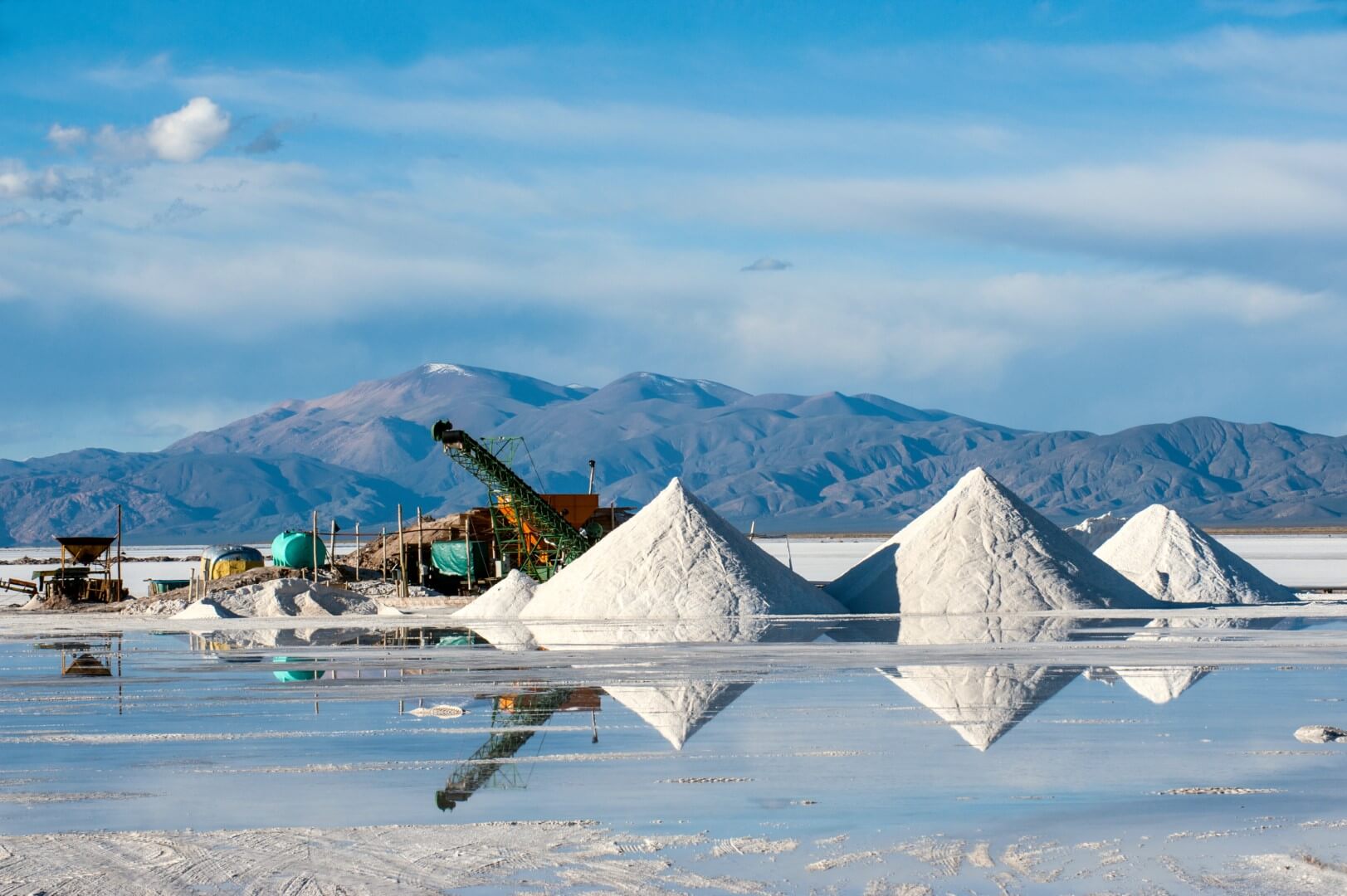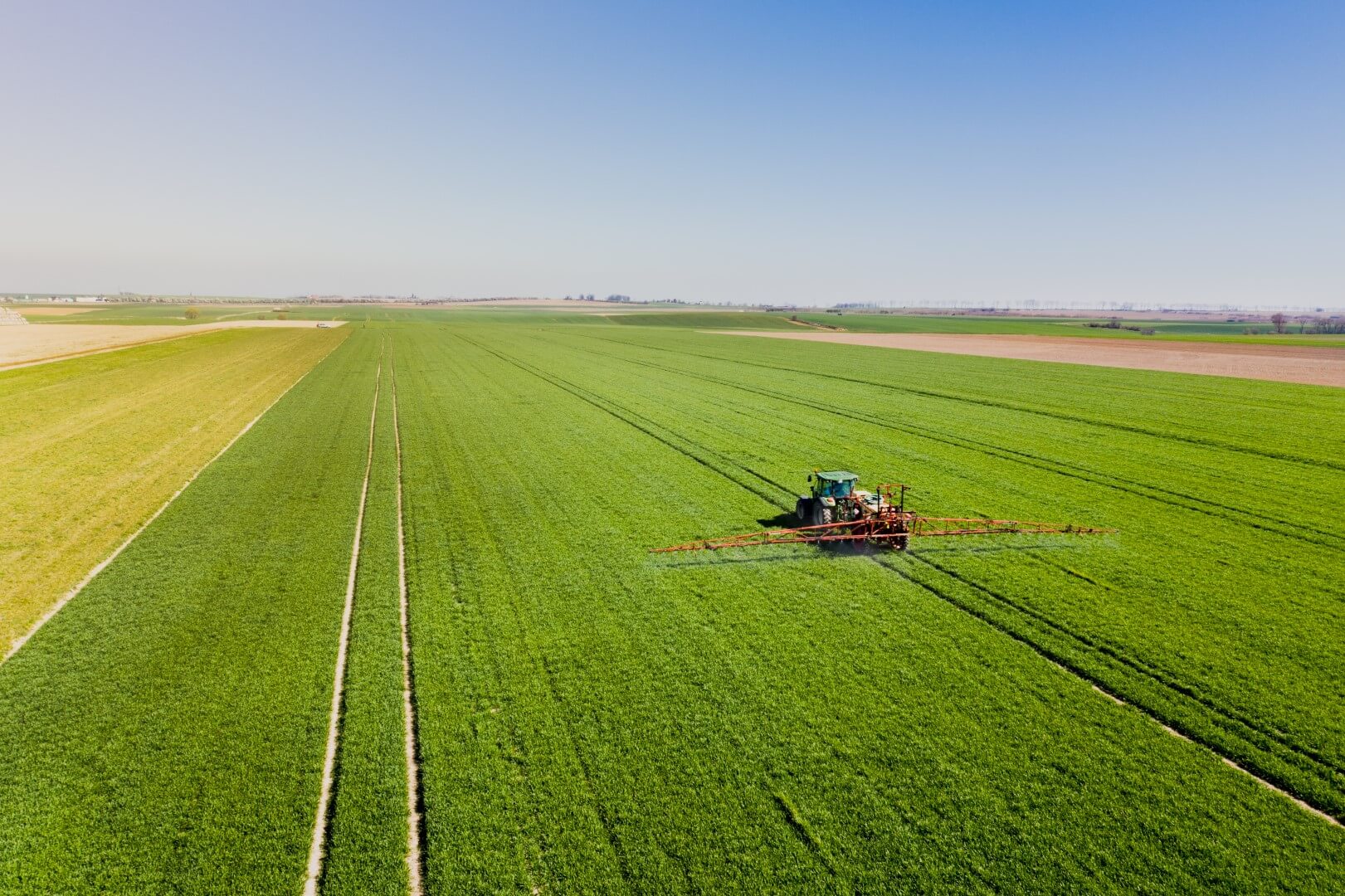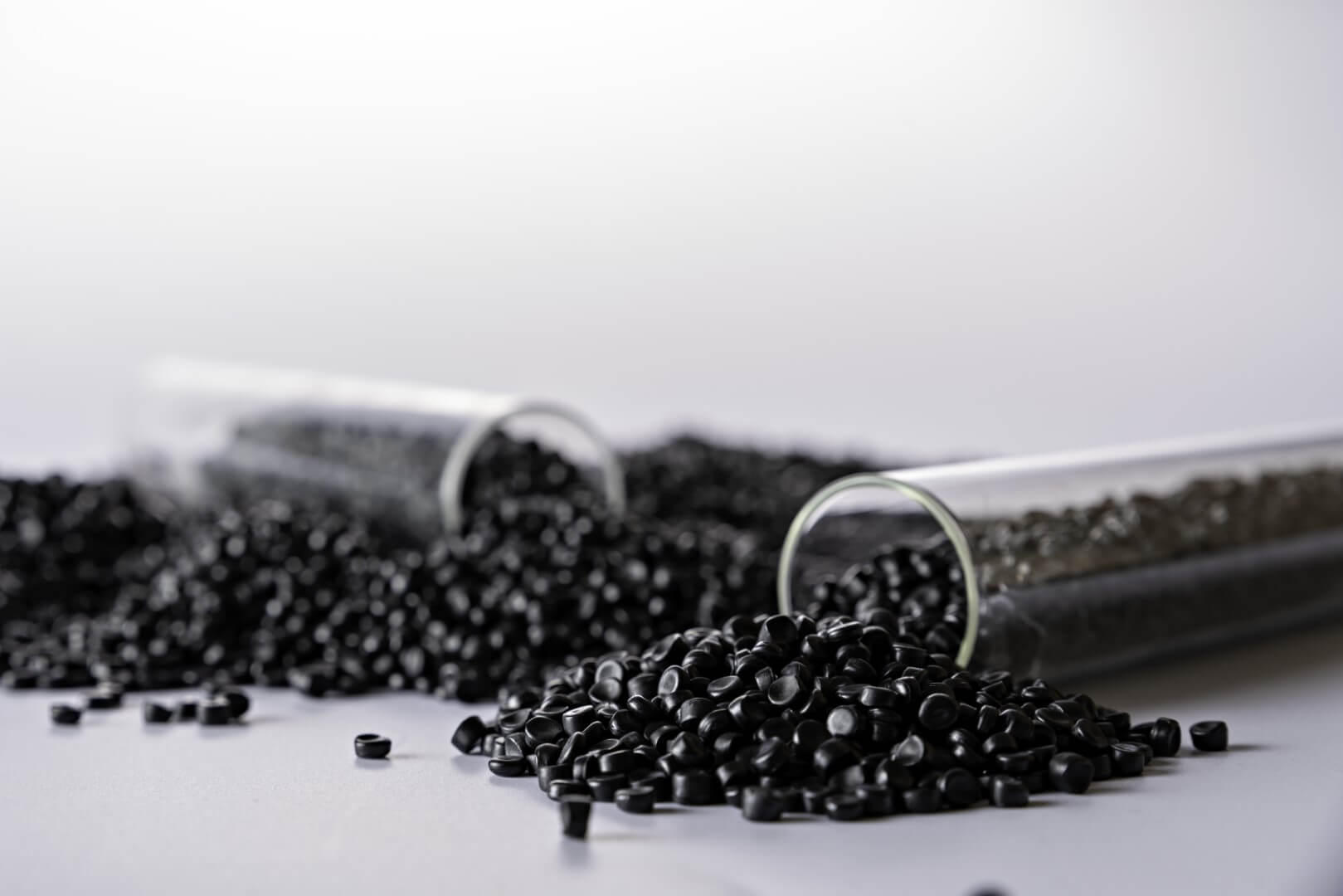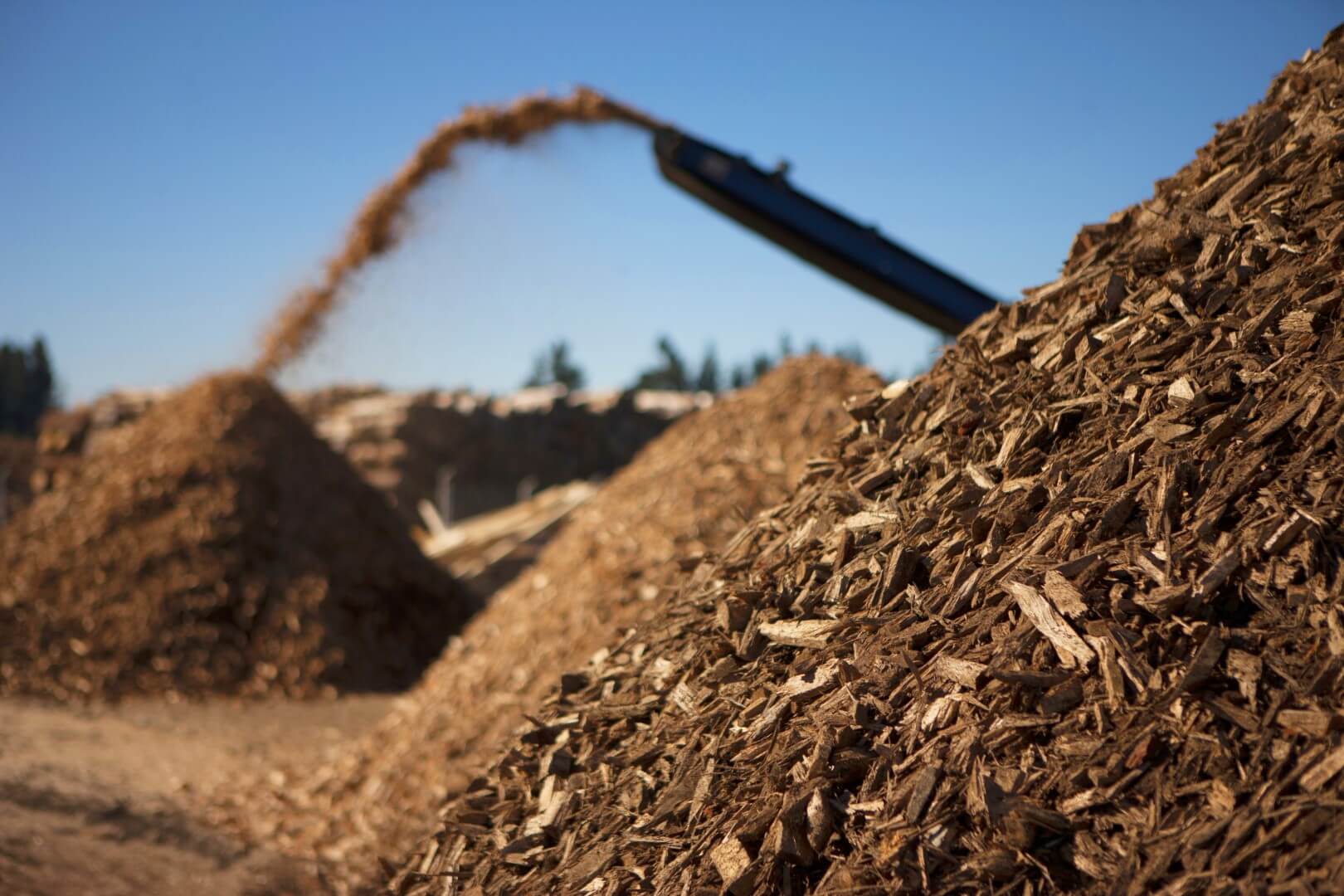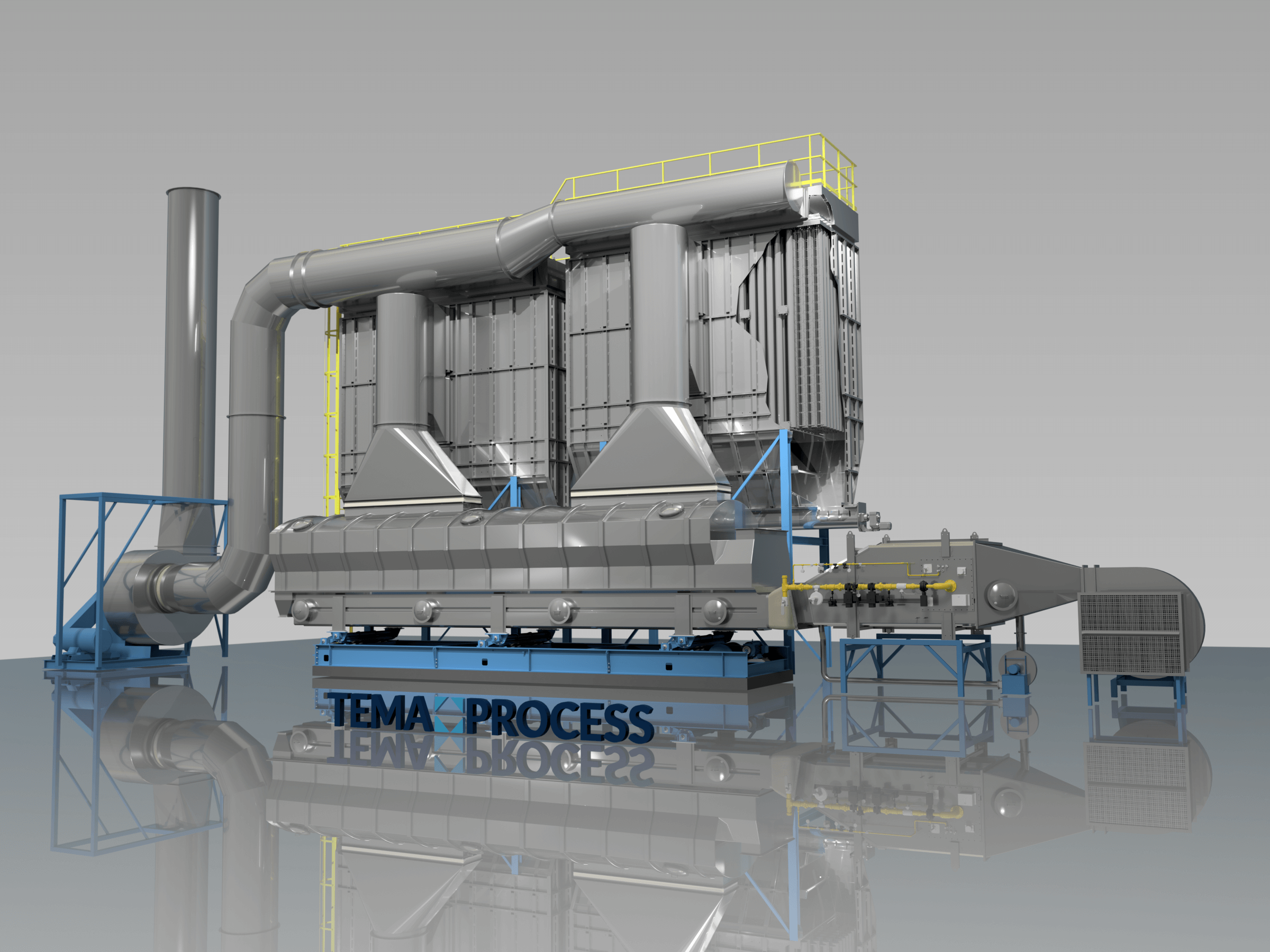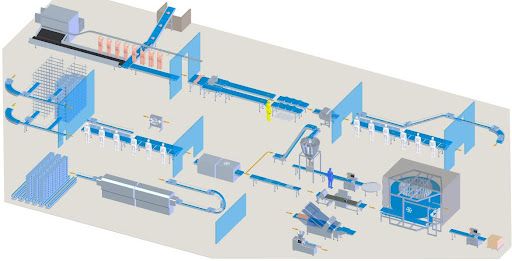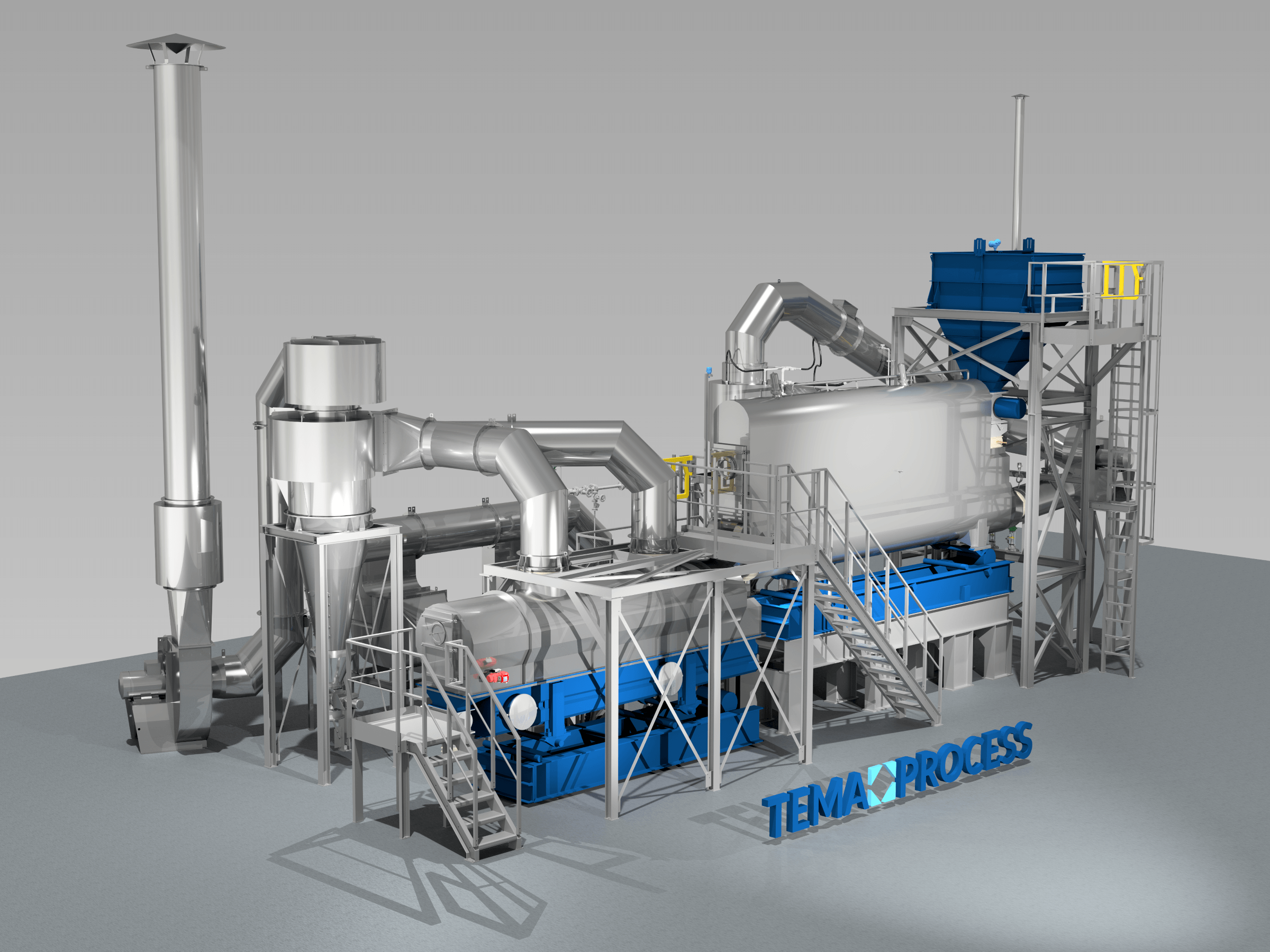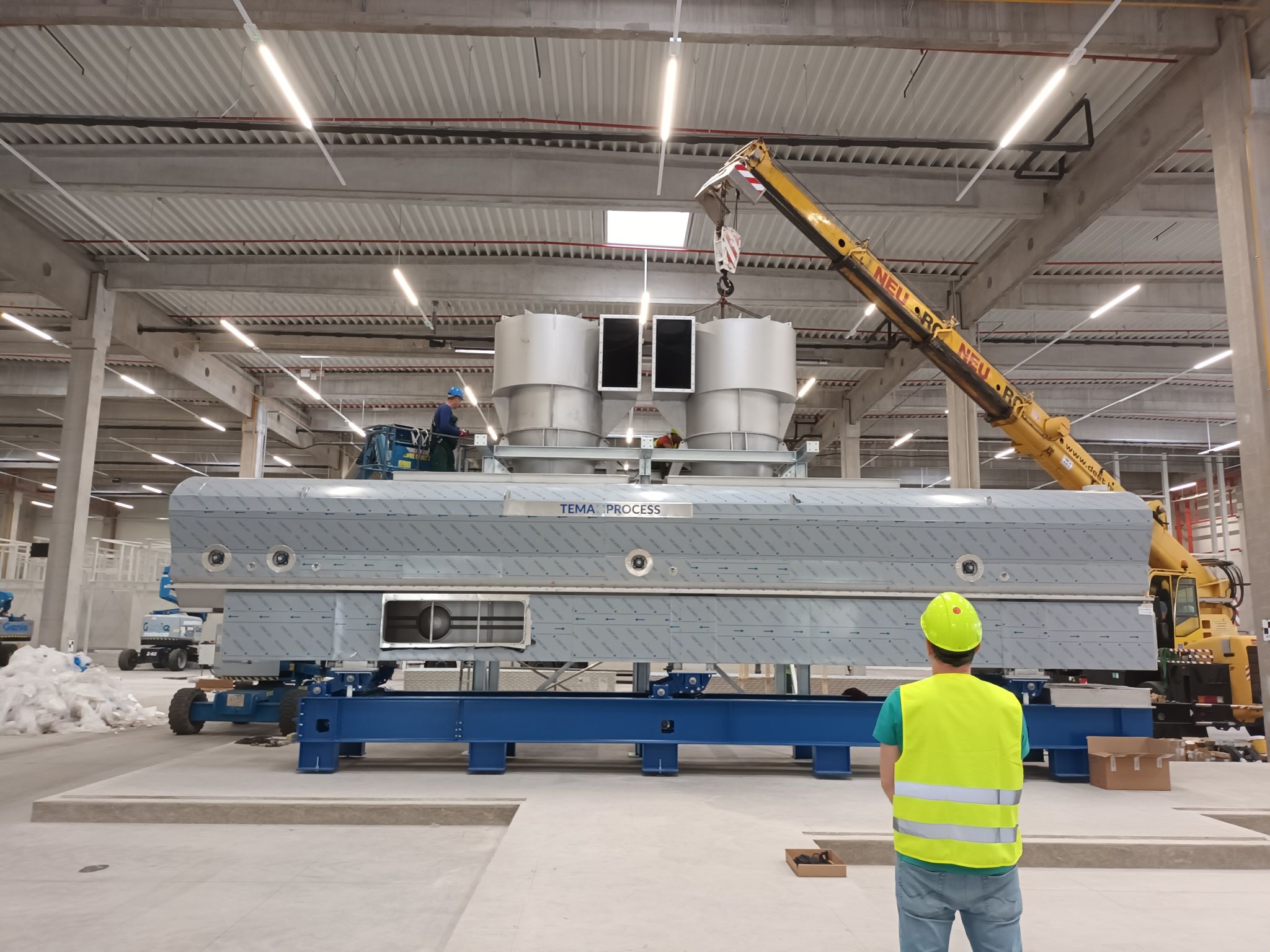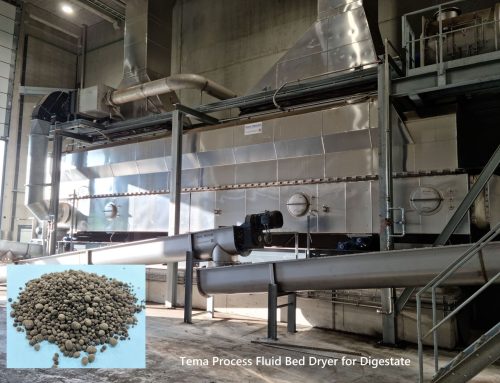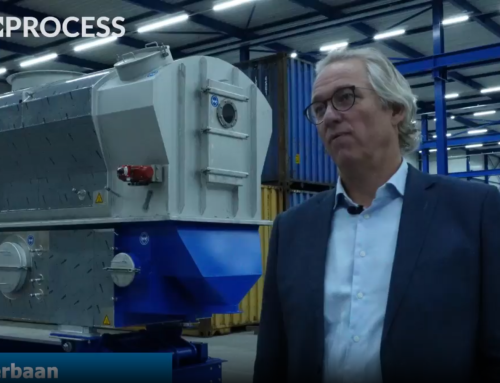Whether you’re in the chemical, food processing, or mineral industry, a TEMA Fluidized Bed Dryer/Cooler (FBD) is a high-performance system — but it only delivers optimal results if installed and commissioned properly.
Below is a concise technical overview of what’s required for successful installation and integration:
1. Site Preparation
Proper foundation (typically concrete)
Utility checks: compressed air, steam/electricity/gas, cooling water, exhaust
GMP zoning or hygienic requirements (for food applications)
Tip: Ensure sufficient space around the unit for maintenance access and optimal airflow.
2. Mechanical Installation
Position dryer housing, air distributor, and ductwork
Install air handling units (fans, heaters), cyclones, or bag filters
Connect product feed and discharge systems (e.g., rotary valves or conveyors)
Note: Ensure proper alignment, air-tight seals, and insulation where needed.
3. Electrical & Controls
PLC and HMI integration
Install sensors for temperature, pressure, airflow, and level
Use variable frequency drives (VFDs) for fans and feeders
Include safety systems: interlocks, emergency stops, and alarms
Important: Test control logic, alarm functionality, and PID loops before live operation.
4. Heating/Cooling System Connection
Connect gas, steam, electric, or thermal oil heating elements
Install chilled water loops for cooling zones
Verify flow direction, check for leaks, and allow for thermal expansion
5. Instrumentation & Calibration
Calibrate all sensors (temperature, pressure, humidity)
Verify balanced airflow across the fluidized bed
6. Commissioning
Perform dry run (without product): test fluidization, heating, cooling, and airflow distribution
Simulate feed and discharge system behavior
Conduct airflow balancing and leakage checks
7. Validation (GMP Environments)
Execute IQ/OQ/PQ protocols (Installation, Operational, and Performance Qualification)
Measure drying curves, moisture profiles, and residence time
Confirm cleanability and compatibility with CIP/SIP procedures
Final Thoughts
Installing a fluidized bed dryer is not just about placing equipment — it’s about integrating the system into your broader process, control infrastructure, and quality framework.
A successful installation requires:
Early cross-functional coordination (process, automation, QA, validation)
Thorough commissioning and documentation
A solid understanding of fluidization behavior and system dynamics

